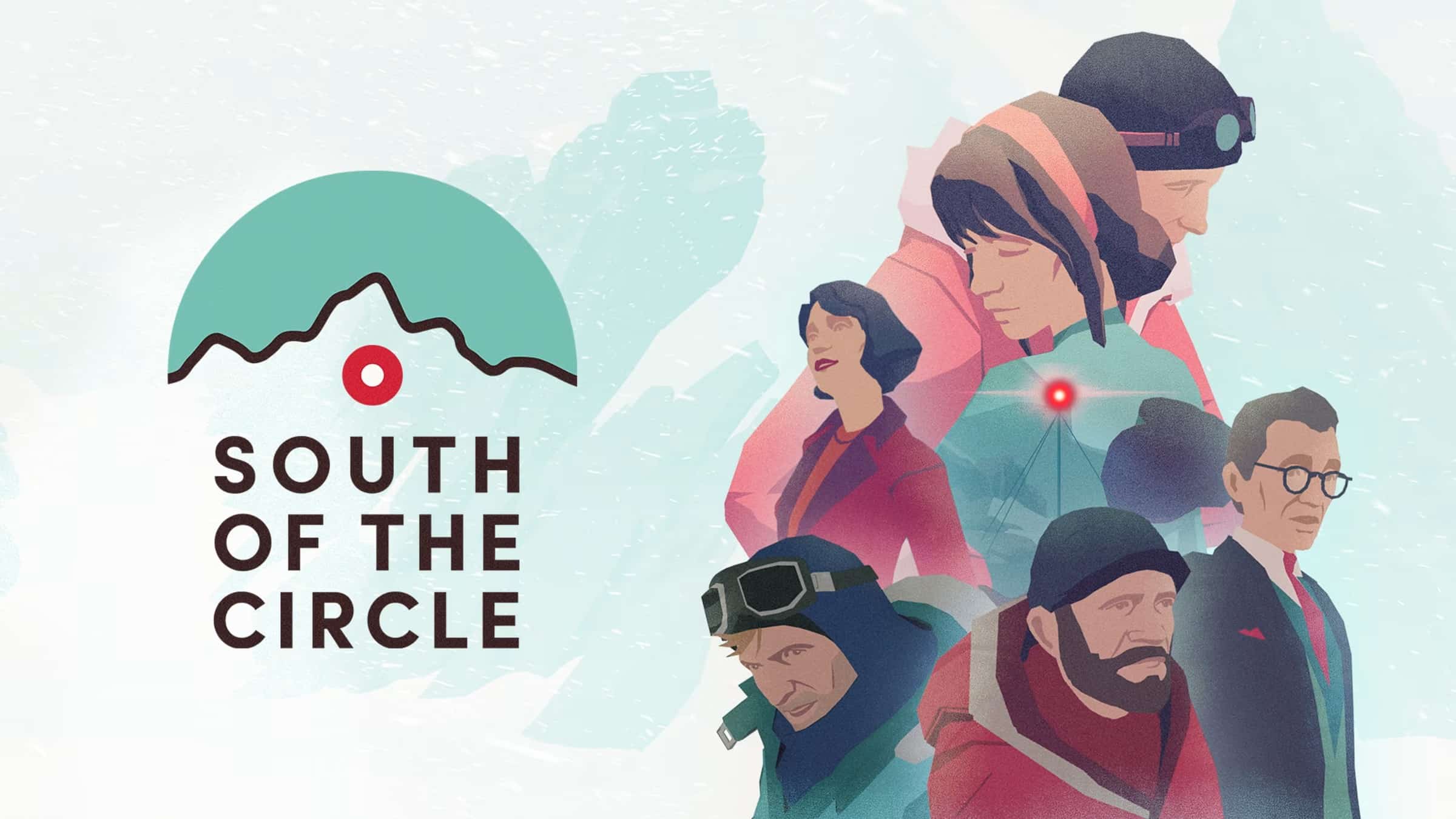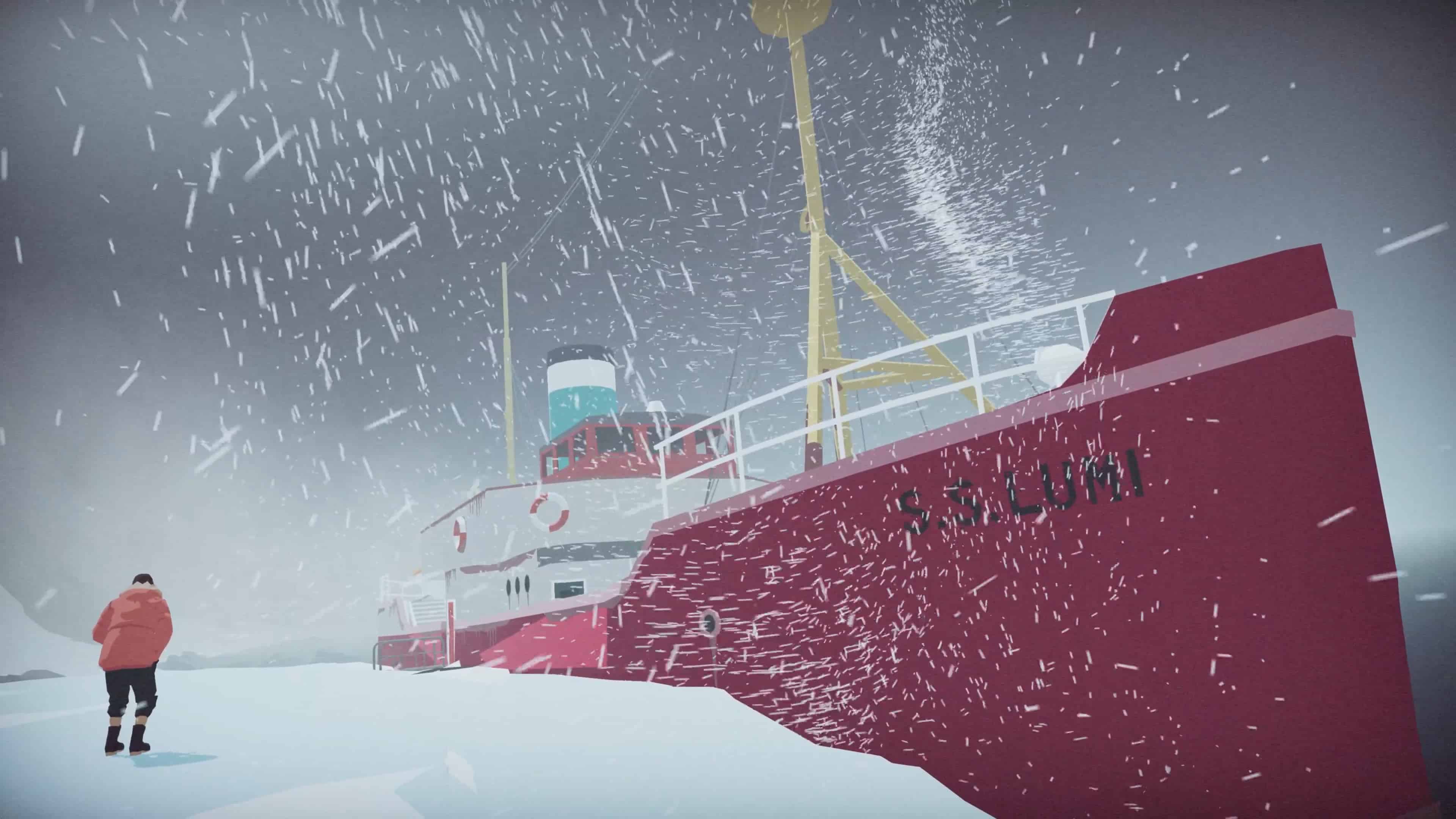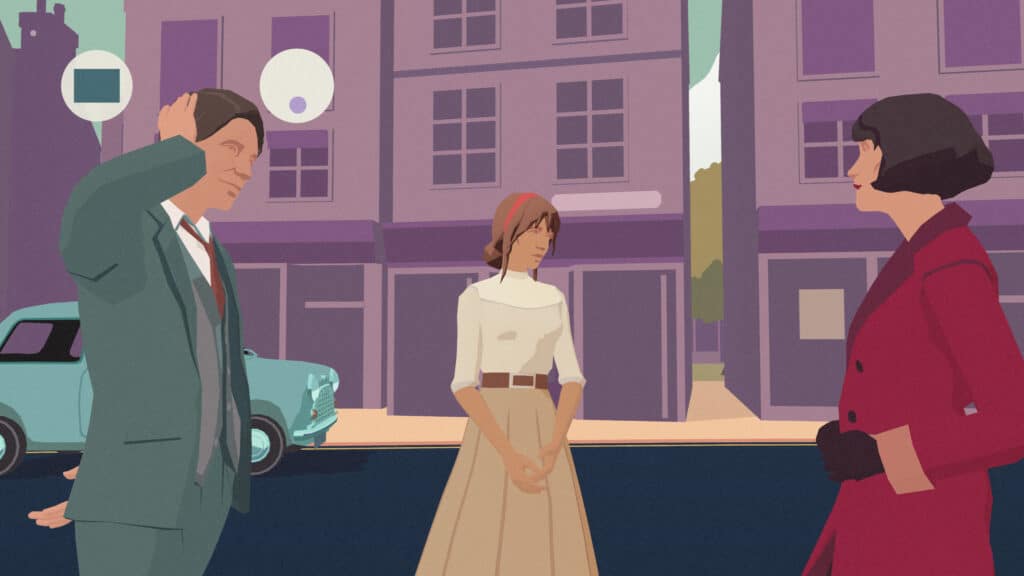
South of the Circle, developed by State of Play and published by 11 Bit Studios, caught me off guard. I expected a Cold War-era survival game but ended up with something much more introspective. It’s not the typical narrative-heavy game where you’re making high-stakes decisions every minute. Instead, it’s a slow burn. The story doesn’t rush. It asks you to sit with its characters, to reflect on their choices as much as they do. Peter, a Cambridge academic stranded in Antarctica, is at the heart of this reflective journey. He’s more concerned with survival of the soul than just making it out of the ice.
Some games are an escape; this one is a meditation. You’re not here to save the world, and you’re not here to conquer enemies. You’re here to help Peter, and in turn, yourself, untangle the complicated web of love, duty, and memory.
While it’s not for everyone, especially those who love fast-paced gameplay, South of the Circle offers a different kind of reward. It’s about taking a step back and appreciating the small, quiet moments. If you’ve ever felt torn between career and personal life, South of the Circle will resonate deeply.
Echoes in the Ice
The story centers on Peter, stranded in Antarctica. As Peter tries to survive, he reflects on his relationship with Clara, a fellow academic, and how his ambitions collided with his personal life. The game takes us through a series of flashbacks that shape the man he’s become and show the tension between his past choices and his present circumstances.
The Cold War looms over the story, but it’s more than just a historical backdrop. It represents the political and emotional pressures Peter faces. I’ve felt the pressure of trying to balance career and personal obligations, and the game does a good job of showing how those pressures can weigh on someone. Peter is constantly pulled between his duty to his career and his love for Clara. The stakes aren’t high in the traditional sense—there’s no saving the world here—but they are deeply personal. Each decision Peter makes feels significant because it’s tied to who he is and what he values.
One thing I really like is how the story doesn’t shy away from ambiguity. Peter’s decisions don’t have clear answers. You’re left to reflect on his choices in the same way you would with your own. It’s rare to see a game explore the emotional complexity of these kinds of decisions so effectively.

A Journey Through Feelings
Gameplay in South of the Circle is minimal by design. There’s no action to speak of. Instead, you’re given control over Peter’s dialogue and his emotional responses. These choices don’t drastically alter the plot, but they do change how Peter interacts with the world and the people around him. It’s subtle, but it makes you think about how small shifts in tone or attitude can affect a conversation. It reminds me of those moments in real life where I wished I’d responded differently to a situation. Even if the outcome doesn’t change, the experience of it might.
You won’t find puzzles or combat here. The gameplay takes you through a linear narrative path, which some might find restrictive. Personally, I found it liberating. Instead of worrying about mechanics, I could focus on the story. It’s the kind of game that’s more about emotional engagement than technical skill. You’re not solving problems or outwitting enemies. You’re guiding Peter through an internal journey, and that’s where the satisfaction comes from.
If you are used to more interactive or open-ended experiences, this could feel too passive. But for me, it felt like reading a book. The choices might be limited, but the emotional weight behind them gives the game a surprising depth. It’s not about what you do; it’s about what you feel, and to me that’s a refreshing change of pace.

The Art of Emotional Storytelling
South of the Circle really stands out with its presentation. The art style is minimalist, but every choice feels intentional. The muted colours of Antarctica create a cold, desolate atmosphere, reflecting Peter’s emotional state. The game uses contrast effectively—flashbacks to Peter’s life with Clara are warmer, more vibrant, highlighting the emotional distance between his past and present. It’s a small touch, but it makes a big impact.
The sound design is subtle, and the voice acting is impressive. Gwilym Lee as Peter and Olivia Vinall as Clara bring authenticity to their performances. Their dialogue feels lived-in, like you’re listening to real people having real conversations. There’s no forced melodrama, just the kind of quiet, intimate exchanges you’d expect between two people who care deeply about each other.
The music is understated but impactful. It doesn’t try to overwhelm the story but instead complements it. It fades in during key moments and disappears when silence serves the story better. That balance—knowing when to step back—adds to the emotional weight of the game. The same goes for the sound effects. Wind blowing across the Antarctic landscape or Peter’s labored breathing adds a layer of immersion that’s hard to ignore. It’s these quiet details that make the world feel real and lived-in.

South of the Circle Offers a Quiet, Introspective Experience That Stays With You Long After the Credits Roll
I’ll be honest, South of the Circle is not a game for everyone. Though, it is a game for anyone who’s willing to slow down and reflect. It’s a deeply personal story about love, ambition, and survival—not survival in the traditional sense, but survival of the self. The minimalist design focuses your attention on the things that matter: the story, the characters, and the choices they make.
The game is short, but its emotional impact lingers long after you’ve finished. I found myself thinking about Peter’s journey well after the credits rolled, reflecting on the choices he made and how they mirrored decisions I’ve made in my own life. It’s rare for a game to feel this personal, but South of the Circle manages to do just that.
If you’re looking for an action-packed adventure, this isn’t the game for you. But if you’re interested in a quiet, introspective experience, I highly recommend giving it a try. It’s a small game that tackles big themes, and it does so with grace and restraint.
South of the Circle

Summary
South of the Circle follows Peter’s journey in Antarctica as he reflects on love, duty, and survival. The minimalist style enhances the story’s focus. Though short and light on mechanics, it delivers a thoughtful, lasting experience
As always, remember to follow us on our social media platforms (e.g., Threads, X (Twitter), Bluesky, YouTube, and Facebook) to stay up-to-date with the latest news. This website contains affiliate links. We may receive a commission when you click on these links and make a purchase, at no extra cost to you. We are an independent site, and the opinions expressed here are our own.










